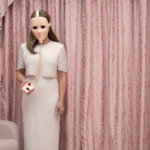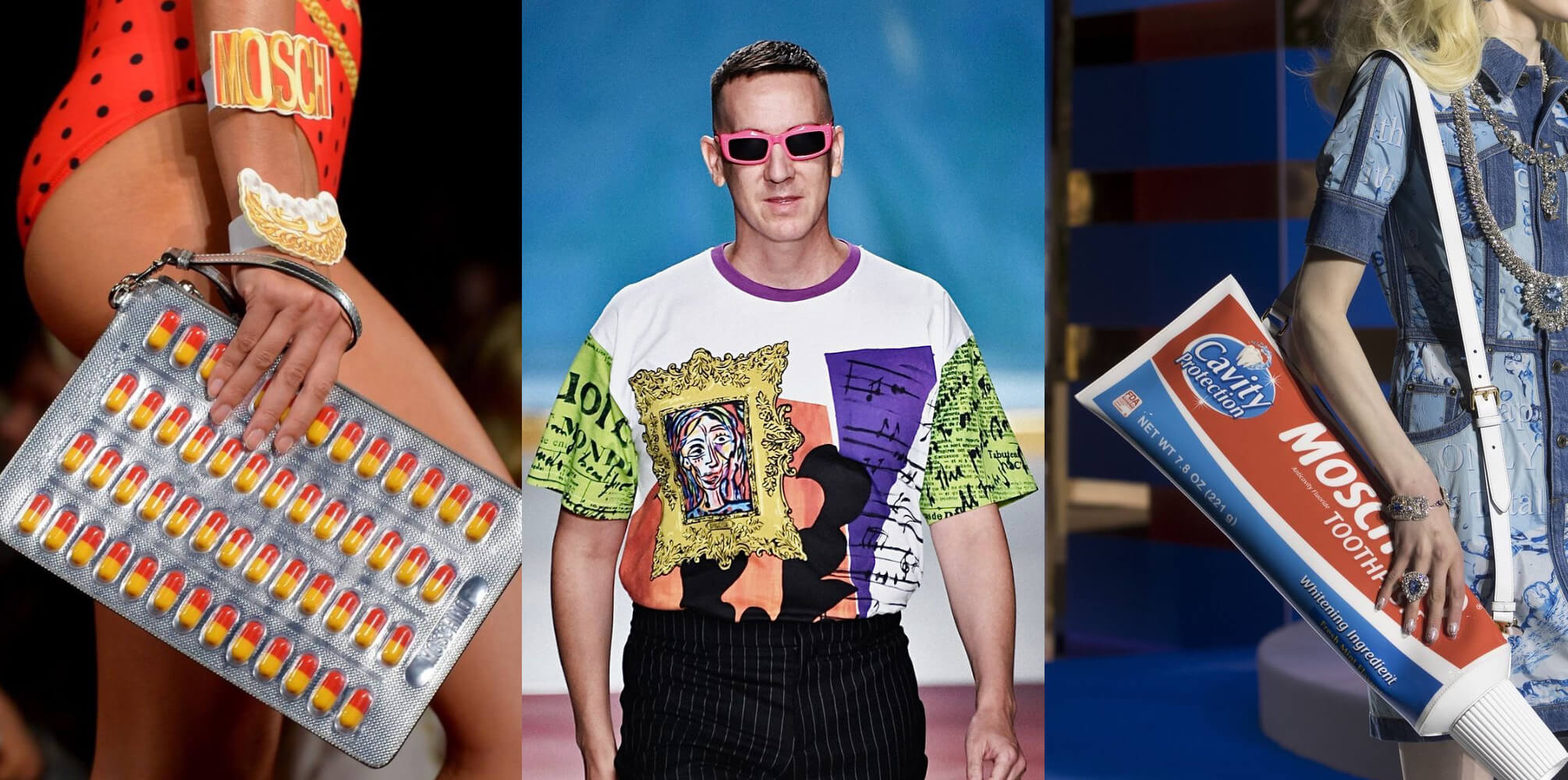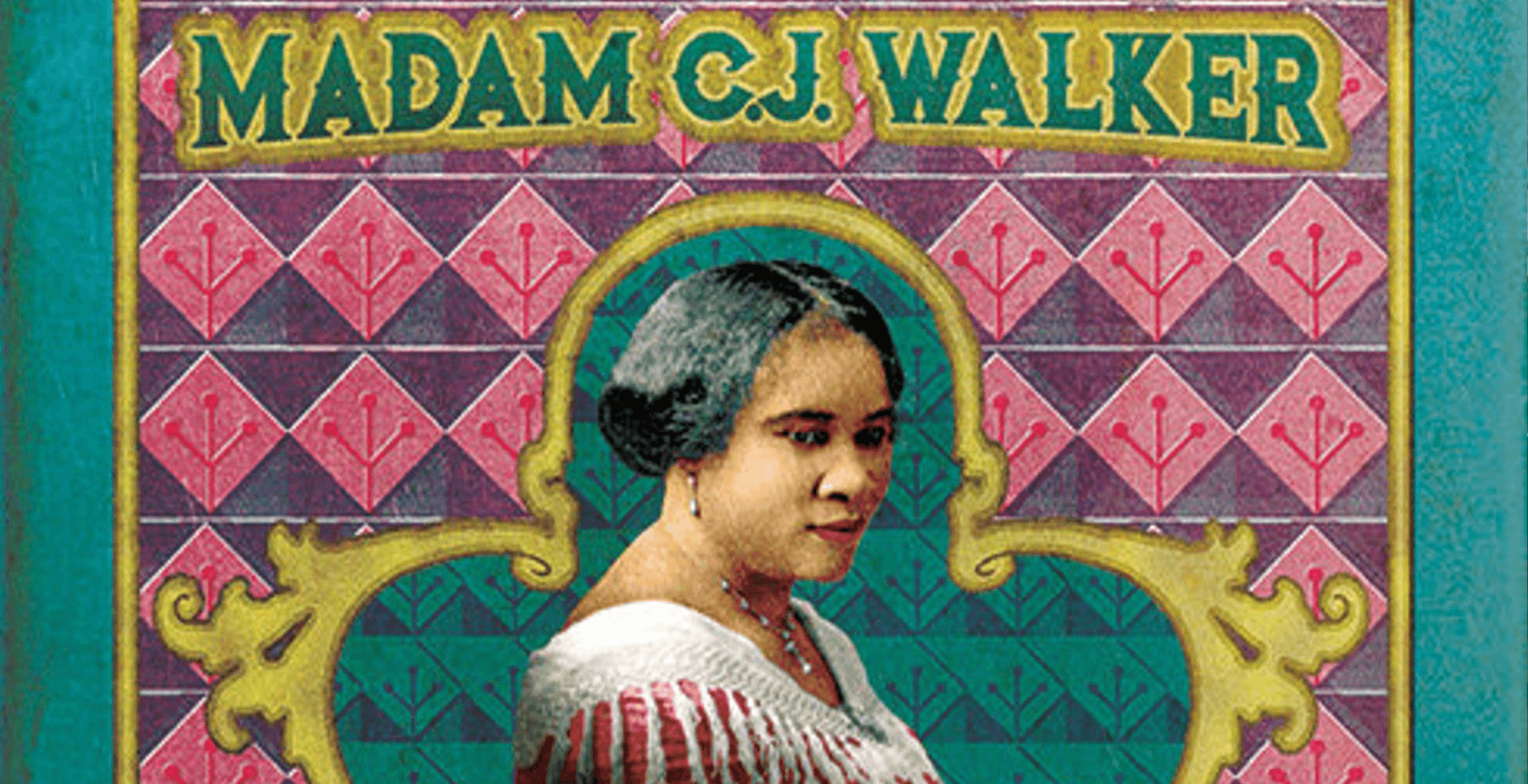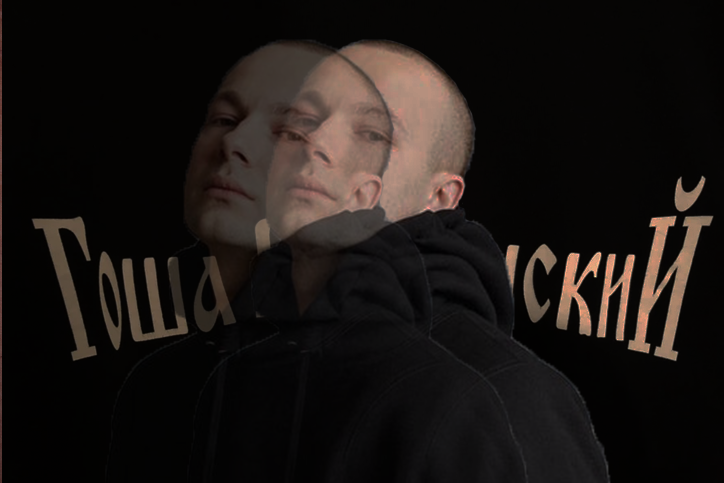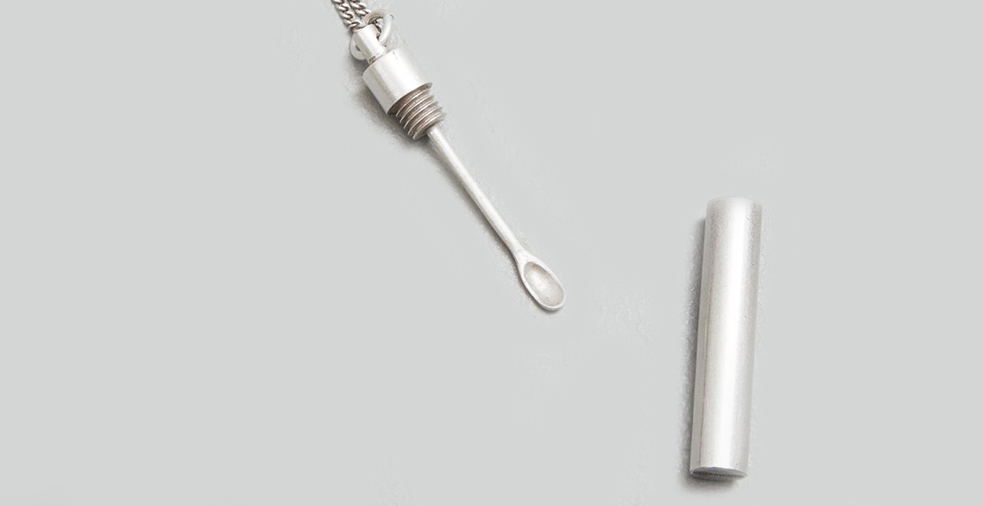Unlearning Male Gaze – from Objectification to Reappropriation of Women in Photography
“For women who have historically been the object of the gaze, from the artistic tradition to pornography, the self-portrait represents a practice whereby women can reappropriate the power of self-narrative hence using photography as a tool through which they can experiment with their singularity.” – Raffaella Perna in an episode of Dior Talks.
According to Raffaella Perna, Italian art historian, theorist of feminist visual cultures, the self portrait is a revolutionary tool for women: a tool to demystify the stereotypes linked to gender difference spread in the western visual culture. For women who were used to being the object of the gaze and of the representation of a male gaze, photographic self portraits constituted a practice of reappropriation of power, of self narration, and so it was an instrument of knowledge used to experiment with.
One of the founding mothers and most notable figures of the Female Gaze in art is Marcella Campagnano, an Italian feminist artist and photographer who used her portrait series „The Invention of Femininity“ (1974-1980) to question existing patriarchal gender roles; this series is dated around the same time when Cindy Sherman’s series Film Stills (1977) originated, another important body of work for feminism and the female gaze in self-portrait photography.
Performing female stereotype roles, Campagnagos models highlighted the ambiguous nature of identity as a social, political and cultural construct. These collective self-portraits, of herself and models, serve as a counter-movement to fashion photography which (until today) can have negative effects on women, of creating feminine ideals and aspirations that are not attainable for most women.
Apart from its destructive potential, fashion photography holds a special power: fashion and the big audience it reaches can become a tool to spread feminist thoughts, not only to a small academic group but to a bigger mainstream.
From history to now: SELF PORTRAITS
The term female gaze first occurred in 1975 in the essay “Visual Pleasure and Narrative Cinema“ by the British academic and feminist film theorist Laura Mulvey, who analyzed the way films are narrated and viewed – from the way the camera records an event, to how the viewers watch it and how the characters look at each other within the film. She asserts that the classic position of a Hollywood film is through a masculine view, leading the viewer to identify with masculine characters, whereas female characters are often objectified and distanced – the Male Gaze.
„In a world ordered by sexual imbalance, pleasure in looking has been split between active/male and passive/female. The determining male gaze projects its fantasy onto the female figure, which is styled accordingly. In their traditional exhibitionist role women are simultaneously looked at and displayed, with their appearance coded for strong visual and erotic impact so that they can be said to connote to-be-looked-at-ness…“
While a lot has happened since the first occurrence of this essay – and we are (thankfully) not living in a 1960s-Hollywood – I’m sure there are still some films/images/campaigns that come to your mind from more recent times, where women are still portrayed through a male-gazey lens. So let’s have a look at some of our favorite female lenses (the list is long, here some favorites).
Sinister, alienating perfectionism with Juno Calypso
Juno Calypso, The British artist and photographer is known for her hyper-feminine, softly bedded, pink and fluffy self-portraits, set in picture-perfect rooms and compositions, where her institutional criticism might not be visible at first glance – which constitutes its poignance even more.
She creates images that might already exist in our heads, tumlblr-coded, romanticized, pink worlds, where everything and everyone are (and must be) perfect.
As her Alter Ego Joyce, a series of a critical study on beauty standards, she stages herself in different domicile settings, with an almost clinical perfection: the entire pastel-pink palette, a stiff, almost dead still, body language, empty, lifeless rooms and clinical-looking electric beauty masks.
She plays with the image of women that social media, society and the film industry have indoctrinated in us and, without saying a word, comments on the depressing reality of a woman trying to create a perfect vision of herself.
In more recent works, she follows and expands her distinctive style, experimenting with more gory, bloody visual elements, or transforming herself into an alien woman and collaborates with fashion magazines, portraying other artists like Katy Perry and Mia Khalifa.
„The lone figure in all of Juno Calypso’s images is her: she photographs herself in couples-only motels, abandoned underground bunkers and heart-shaped hot tubs. Across film, photography and installation, Calypso builds a soft pink universe of femininity, solitude, desire and despair, all with an ultra-critical edge. In the process, she’s become one of the most recognisable photographers working today, forging a totally unique aesthetic that has seen her move seamlessly from immersive, intimate gallery exhibitions to leading major fashion campaigns. Calypso’s art is deeply sinister, hyper-feminine and filled with humour. This is cinematic, introspective art for the age of the self and the selfie.“
– Eddy Frankel, Time Out
The artificial nature of beauty standards and why Instagram is turning us into plastic sex dolls by Harley Weir
The work of London-born artist Harley Weir, a well known figure in fashion photography and filmmaking, known for her transcendent, tender and true approach to bodies and her motives, is characterized by an unmistakable intimacy and sensitivity. Her work is characterized by a soft, often pastel color palette and a subtle play with light and shadow. Weir has a talent for discovering and highlighting the beauty in seemingly ordinary scenes and objects, giving her images an almost dreamlike quality.
In fashion photography, she focuses on an unconventional and creative visual language that often departs from classical beauty and instead favors a more raw, honest portrayal through a female lens between art and fashion. Her images can be provocative and challenge social norms, exploring themes of gender, identity and body. This is also reflected in her documentary projects, where she takes on social and political issues and portrays them with a deep empathy and a critical eye.
In a series of self-portraits in her photo book published by Beauty Papers (2022), the artist turned the camera on herself for the first time. Here, she explores toxic beauty standards, feminine stereotypes and their artificial nature, and social-media culture.
Playing with fashion, masquerade, pictures of sex dolls, stripper heels, and other attributes, she slips into different characters, from hyper-feminine to masculine, from human to doll-hybrid figures. These provocative, grotesque and powerful portraits send a strong message against the pressure of perfectionism on social media and highlight the absurdity of current beauty standards.
Modern satire shifting between real and augmented realities by Hanne Zaruma
In her work she mostly shows on social media, the Ukrainan-born conceptual artist Hanne Zaruma uses every-day items to create images and self-portraits that shift between reality and fiction, commenting on very substantial, and real issues related to body image, capitalist consumption, fast fashion, sexuality, self-optimization and gender roles. With the use of humor, switching perspectives, and a 2000s-camcorder-coded aesthetic, her work touches a nerve that engages our generation to reflect our own behavior. Her visual language is very distinct, witty and unforgiving.
She takes every-day items and puts them in a different context, or simply turns around the dynamic they are usually seen in: a Samsung dumb-phone gets turned into a wedding ring, a life-drawing session where the painters are naked, not the model, a distorted self-portrait split up in several different devices, or a tree with a facetuned waist, wearing a bikini.
Probably the most contemporary (and visually pleasing) way to address serious topics on social media: making you laugh and pointing a finger at you at the same time.
The gaze does not only define how the artist views their motive – it shapes how an entire audience views what and how it is portrayed, creating a narrative that, over time, becomes the canon.
By highlighting more and more artists who are part of a countermovement, we can unlearn the Male Gaze and learn more diverse narratives, told from the other perspective: when the object becomes the subject.








